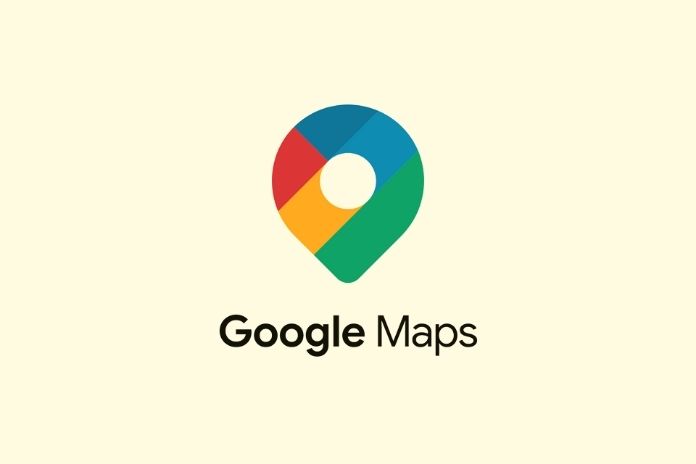Storytelling in Content Marketing

Attention spans are getting shorter and shorter. Meanwhile, the amount of available content increases to infinity. So how do you manage to attract the little attention that social media users still have? The answer is storytelling.
All great and effective marketing campaigns and companies tell a story. After all, there is more than just one product to buy. To stay relevant, you too have to start telling stories. Actually, your history & philosophy. And in such a way that they stick in people’s minds. We have put together all the details and facts for you:
What is storytelling?
Storytelling is the art or technique of telling stories. It is an ancient and universal human tradition that uses stories to convey information, emotions, knowledge and meaning. Storytelling can take place in various forms, such as oral, written, visual or in the form of theater performances, films or digital media.
What is storytelling in content marketing?
Storytelling in marketing refers to the application of the art of storytelling to showcase products, brands or companies and create a connection with customers . Rather than simply presenting information about a product, storytelling attempts to create a story that arouses emotion and interest and builds a long-term relationship with the customer.
Marketing storytelling is about developing a compelling story that appeals to the target audience and focuses on the brand or product. These stories can contain various elements such as characters, conflicts, challenges, solutions and a message that conveys the values or benefits of the product.
Ultimately, storytelling in marketing is about making a connection and creating a lasting memory that leads to customers purchasing the product, supporting the brand, and recommending it to others.
What does storytelling do in content marketing?
Storytelling in content marketing means that your customers can better identify with you as a company. By reflecting your philosophy through telling creative stories in your marketing efforts, you can trigger emotions. This, in turn, can lead your customers to become loyal fans, buy your products and recommend them.
Why storytelling in marketing at all?
For comparison: Data & facts activate 2 regions in the brain. Stories, however, have up to seven. The harder our brain is, the more we can remember. For you as a company, this means that with a good story you will remain anchored longer and more prominently in the minds of your potential customers.
Stories also trigger emotions. As we know, these guide many of our decisions and actions. Especially in the digital age, it is important that you stand out from your competitors. Stories can be a way to do this. They are also happy to be passed on and shared. This can have a correspondingly positive effect on your reach.
Also Read: Social Media: Tips For Effective Content Sharing
Where does storytelling come from?
The first forms of storytelling as we know them today can be found in caves. Even back then, cave paintings were used to convey important events and information. They are impressive evidence that sharing stories is deeply anchored in us as humans. Our brains are programmed to recognize important patterns of information and assign meaning and emotions to them. Stories also make us feel connected to one another.
By the way, this effect has been studied by psychologists and neuroscientists for a long time. It has been proven that stories can be processed better than raw data. As marketing experts, we use these insights to create inspiring stories from simple content.
Remember: A good story is the best way to stay in the memory of your target group!
What does your story need?
Good storytelling in content marketing needs more than a good story. Here is a list of all the ingredients for your next story:
- Goal: What do you want to say with your story?
- Protagonist: Your audience should be able to identify with a character in your story. You don’t have to choose a person for this. Think, for example, of the children’s bar advertisements in which a glass of milk and a chocolate bar interact or of the numerous Disney films in which animals and objects take the lead role.
- Conflict: Every story needs conflict. Of course, this doesn’t mean that you have to show an argument or fight. Inner conflict and problems can also add tension to your story.
- Solution: After the conflict, you should offer your solution. Happy endings are preferred by most people. But why not surprise her with some drama? You have the choice. Make your product a hero or make things visible that you want to bring into the conversation.
The art of storytelling lies in connecting the above points. The cherry on the cake is to accommodate the entire package within your means. After all, you probably don’t have the budget for a 90 minute film. Think about how you can convey your message in different ways in different media.
The different types of storytelling
Most stories are based on the same schemes. We have therefore put together the usual types of storytelling for you:
- The Hero’s Journey: Everyday life is interrupted and your main character suddenly has to solve a seemingly impossible task. He ultimately succeeds with your product or service. Make sure to keep the tension as high as possible until the end. Of course, the best way to do this is through conflict.
- The Comedy: Comedies don’t necessarily have to make your audience laugh. It is a drama with an often, but not necessarily, cheerful plot. What makes a comedy is a happy ending.
- The Tragedy: Unlike comedy, you can’t expect a happy ending here. Admittedly, tragedies tend to take place on paper. Goethe and Shakespeare are good examples of this. In online marketing, other forms of storytelling are more likely to be used.
- The Quest: Are you already familiar with your products and services? This is the case for many companies. A popular type of storytelling is the quest, i.e. the search or journey to the task. The destination of your journey is known, but the journey can still be exciting. You don’t believe us? Then think of Lord of the Rings or Finding Nemo.
- The return: After the quest, you have to go back to the starting point. Without it, many stories would remain open. After all, what if Alice had stayed in Wonderland forever or Frodo in Mordor?
- The victory: We all know one of the most famous narrative patterns from the numerous James Bond films. But what does this have to do with online marketing? Actually quite a lot. Many advertising measures are structured according to the same scheme. A product or service enriches the world and fights against evil. Of course you can and should personalize the negative.
- The comeback: A character who was thought to be dead suddenly comes back on the screen, something like Snow White. Many brands are also trying something similar with a comeback. Use the connotations of this narrative schema to touch your audience.
- The rise: From rags to riches à la Slumdog Millionaire or Cinderella. These stories show your audience that the most normal and underappreciated people or objects can become true heroes.
Of course, this is just a brief overview of the different types of storytelling. Feel free to add additional twists and surprising moments to captivate your audience. However, you shouldn’t forget one thing. All stories have one thing in common. They talk about how a character develops. Be creative so that you inspire and stay in the memory of your target group.
Implement storytelling in content marketing
Business storytelling and brand storytelling have long been established in the marketing world as a way to inspire and convince people in the long term. But how does that work? The answer lies in the golden circle principle.
The principle of the golden circle
No matter which of the above-mentioned narrative forms you choose, your story needs a clear objective. Ask yourself why you want to tell a story. What should the core message be?
Simon Sinek, a London-born management consultant and author, is responsible for this principle. It is intended to provide a point of reference when writing a brand story. A concrete example will be given later.
Conclusion: This is what makes a good story
As we have already explained to you, four elements cannot be missing from storytelling in content marketing: the goal, the characters, the conflict and its solution. Use the golden circle principle to make your measures as effective as possible. Also, never forget your target audience when you write.
Storytelling allows you to effectively spread your brand and the message you want to convey in a variety of ways. You have the opportunity to convey your values in an authentic way and to bind your target group to you in the long term.
Also Read: Our Advice For Developing A Content-Based Marketing Strategy






